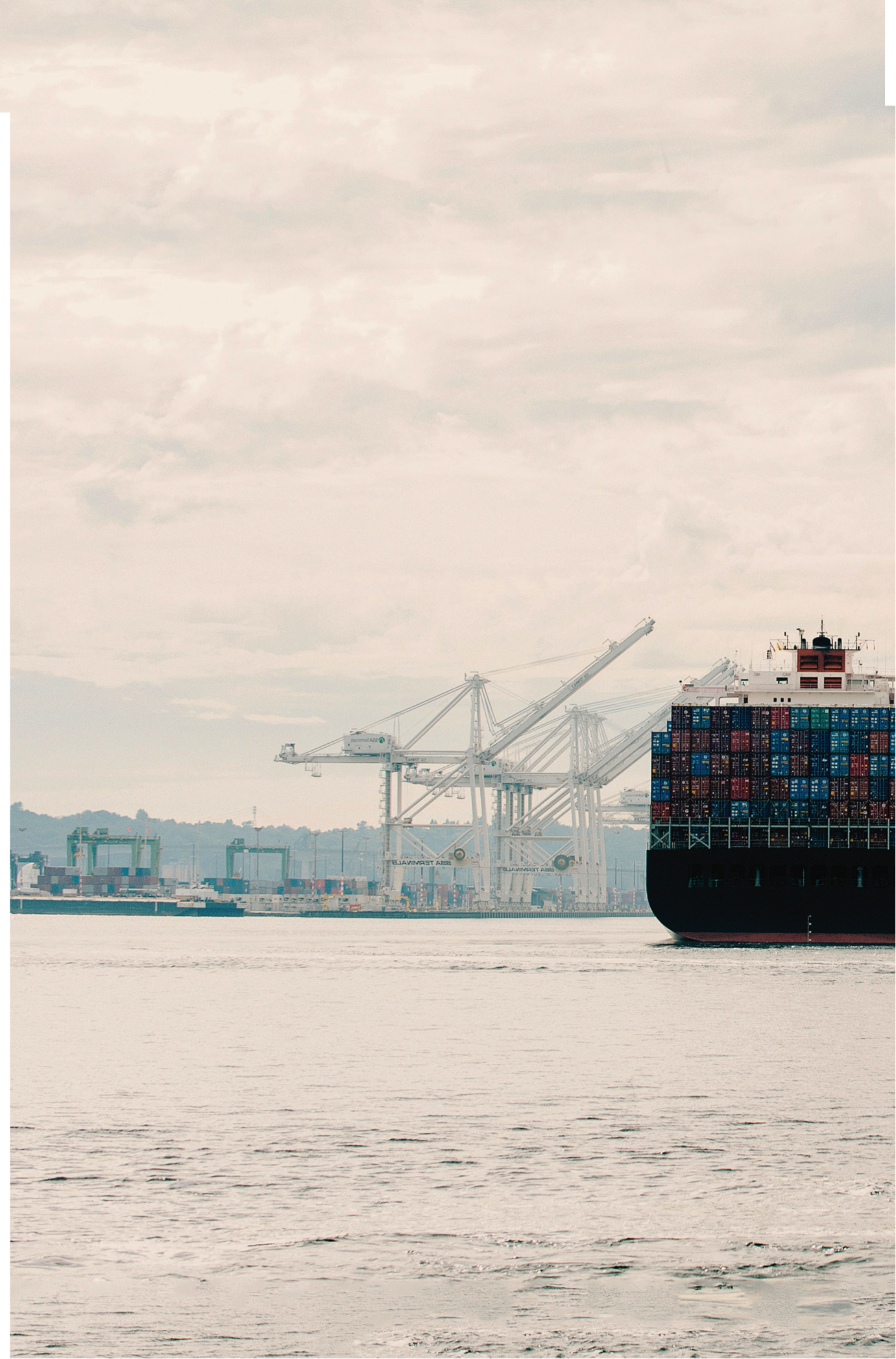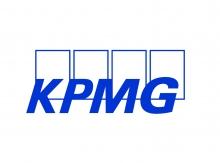Corporate taxpayers in the U.S. and many around the world have their hands full puzzling out the impact of the Tax Cuts and Jobs Act. The TCJA reduces the U.S. corporate income tax rate from 34% to 21%, switches the country to a territorial tax system in which businesses are taxed only on income earned within U.S. borders, and drops personal income tax rates modestly, although this provision will expire in 2025. It also encourages U.S. companies to put their overseas cash hoard to work at home, applying a low, one-time 15.5% tax rate to cash and cash equivalents and 8% on all other earnings repatriated from abroad.
At the World Economic Forum conference in Davos in January, WEF Executive Chairman Klaus Schwab congratulated President Trump on “the historic tax reform,” which would “foster job creation while providing a tremendous boost to the global economy.” The congressional Joint Committee on Taxation estimated in December that the new law would raise U.S. GDP by about 0.7% relative to the current baseline over the 10-year budget window. Additional revenues would continue in the second decade, but at a lower level.
According to Eric Toder, codirector of the Urban-Brookings Tax Policy Center at the Urban Institute, manufacturing companies are likely to benefit from the TCJA, which also allows 100% expensing of assets other than structures for five years. While the details of implementation of the new legislation are still being worked out, “on balance, I think we'll see companies bringing capital into the U.S.,” he concludes – not just through foreign direct investment but from U.S. companies bringing production and jobs back home.
The reshoring trend
The U.S. is already feeling momentum in that direction. Combined with FDI, reshoring – the movement of jobs and production facilities back to home markets in the developed world from lower-cost locations elsewhere – added 169,000 new jobs to the U.S. economy in 2017, according to research by the Reshoring Initiative. That amounted to almost 90% of all new jobs created last year and a more than 300% increase from 2010, when combined FDI and reshoring accounted for 60,000 new jobs.
Fundamental economic considerations are at work. Economic recovery has boosted demand. Coupled with the rise of e-commerce, which prioritizes fast delivery, companies are feeling the pressure to speed up. That makes it a liability to depend on highly dispersed supply chains and workforces with long lead times, and increases the attraction of facilities located closer to the customer.
“To make where we sell whenever possible” was the explanation provided by James Loree, CEO of Stanley Black & Decker, early last year for opening a new, $35 million manufacturing facility for Craftsman (the tool brand Loree’s company acquired from Sears Holdings). The new plant will produce the first power tools made in the U.S. in a quarter-century.
A perspective from KPMG
As the demands of today's consumer rapidly shift, increasing expectations will drive the need for new experiences and product innovation through greater personalization and convenience. At the same time, business model innovation driven by the prevalence of e-commerce, subscriptions, innovative delivery models and other key factors will put significant pressure on supply chain operations.
With the ever-present cost pressures and the growing need to address these new demands and routes to market, the requirement to operate a hyper-efficient supply chain is growing. In this environment, fundamentally rethinking the supply chain is essential to making it a competitive differentiator. Companies that invest in the latest digital technologies for harnessing their data gathering and analytical capabilities and use that data to make improvements in existing and smart new infrastructure will be able to build faster, more nimble and more customer-centric supply chains.
In making those investment decisions, there are many parameters to be considered, including choices around where to invest geographically and how to maximize the after-tax return on these investments. With the cloud of uncertainty around U.S. and global tax and regulatory policy slowly dissipating, now is the time to align these decisions across the enterprise. For many companies, U.S. tax policies aimed at attracting new domestic investment, including a competitive corporate tax rate, and incentives for investment in new domestic production capabilities, coupled with the one-time influx of cash from the repatriation of earnings previously held offshore, make this an ideal time to rethink what it means to operate a hyper-(tax)efficient supply chain.
Automobile manufacturers have brought back the most jobs to the U.S. – more than 12,000 from 2007 to 2015, according to the Reshoring Initiative. Yet in other industries, too, the need to respond quickly to customer demand is fueling the decision. Apparel and textile companies (over 3,200 jobs) must respond to new trends and fast fashion, which require quick turnaround. Children's toys face a similar imperative.
Michael Araton, president and CEO of toymaker K'Nex--which earlier outsourced most of its production to China--has brought back 90% to the U.S.
Positive effects
Will the TCJA help advance the reshoring trend? Harry Moser, founder of the Reshoring Initiative, expects it will. “The attitude in the business community has changed,” he says. “Now our corporate taxes are more like everybody else's, which means it's an economic decision, not a tax decision, whether to locate here.” His organization is forecasting that new job creation from FDI and reshoring will be flat in 2018 compared with 2017, only because the run-up has been so dramatic in recent years and some companies are having trouble finding qualified candidates for positions that require specific skills.
That does not mean the TCJA will not encourage reshoring, or that American workers will not benefit in the long run, Toder suggests. “To the extent that more capital is coming into the U.S., and U.S. companies become more capital-intensive, there could be some positive effects over time on wages as workers become more productive – even if in the short run some are displaced,” he says.
Companies that could benefit most from greater capital investment therefore are most likely to profit from the new tax regime. This includes not only manufacturing companies – transportation equipment was by far the greatest single source of reshored and FDI-generated jobs last year – but utilities, whose capital investment tends to be long-lived, Toder notes. Real estate developers will also benefit from the TCJA's 20% deduction for certain dividends from real estate investment trusts that do not represent capital gains and for income from publicly traded partnerships.
Tariffs and taxes
Much depends on whether other countries follow Washington's lead and lower their own corporate taxes. William Gale, Arjay and Frances Miller Chair in Federal Economic Policy and a senior fellow in the Economic Studies Program at the Brookings Institution, points out that after the corporate tax rate fell from 46% to 34% in 1986, the U.S.’s main trading partners cut their rates even lower.
The Trump administration's decision to impose new tariffs of 25% on steel,10% on aluminum and 25% on $60 billion of Chinese imports, with potential to add another $200 billion to the list of Chinese imports later this year are another wild card. While these could encourage more companies to locate production in the U.S., they could also have a dampening effect on some industries that depend on imported parts or materials that are not easily produced here, Toder notes. However, tariffs remain a moving target, he adds, since Canada and Mexico have been exempted from the steel and aluminum duties and other exemptions have followed as the administration has put the ground rules in place for doing so. Some influential lawmakers, meanwhile, have vowed to push back against the new duties altogether.
The value of incentives
The tax moves of other countries and changing U.S. tariff structures underscore the importance of a third factor in reshoring and FDI decisions: tax incentives. State and local tax credits and incentives in the U.S. “are not enough on their own,” says Moser, “but they are often enough to make the difference.”
Caterpillar, for example, has brought back some 2,100 jobs from Japan and Mexico since 2012, including a new facility near Athens, Georgia that employs 1,400 workers building tractors and excavators. The package that lured Caterpillar included $45 million in job tax credits and project development grants from the state and another $32.7 million in economic development incentives from county governments.
These inducements were not entirely about money. Elements included improvements to state highways serving the new plant, new water and sewer connections, and property tax abatements. Another factor was a renewed push by the state to obtain full federal funding for a long-planned deepening of the Savannah Harbor channel. Together, these improvements would help Caterpillar to ramp up production quickly and facilitate rapid delivery to the manufacturer's customers in the U.S. and Europe, executives said. The new plant includes an on-site distribution center for some products, for example.
Focusing on the total cost of ownership
Structuring tax and other incentives well is critical if they are to produce the greatest economic efficiencies for companies. One reason reshoring was gaining ground even before enactment of the TCJA, Moser argues, may be that more companies are focusing on the total cost of ownership rather than a simple comparison of labor costs, purchase price variance and landed cost: the price of production plus transportation, crating and handling, taxes and duties, and any other costs that go into the product by the time it reaches the customer. While labor costs in the developing world are still much lower than in the U.S. and Europe, where taxes are considerably higher, attention to other considerations – e.g., travel costs, extra quality control, delivery uncertainty and overproduction – are making the choice competitive again, Moser says.
Companies that look more closely at total costs can also develop a more finely tuned analysis of how to optimize their supply chain. At the same time Caterpillar pulled back production of some of its small-type tractor and mini-hydraulic excavators from Japan, it redirected its Japanese plant to focus on making high-tech components – another facet of its global growth strategy. Meanwhile, the Georgia plant could start transporting partially assembled excavator components to a facility in Europe for final assembly, speeding up delivery to customers there.
Waiting for Act II
It is possible that the TCJA is only the first act in a longer drama. As tax planners sift through the provisions and the IRS writes rules to implement them, the effects of some features will become clearer, as will any issues with the “enormously complex” provisions covering pass-through entities, Gale says. “So there's the potential for technical corrections or a bill that gets the structure right.”
Meanwhile, reshoring and FDI are likely to gain ground, Moser says, because keeping up with customer demand, which often shifts rapidly, will remain a paramount concern. That will compel companies to seek out locations that help keep their lead times short. The reordering of supply chains of which reshoring is a component may still have a long way to go.








